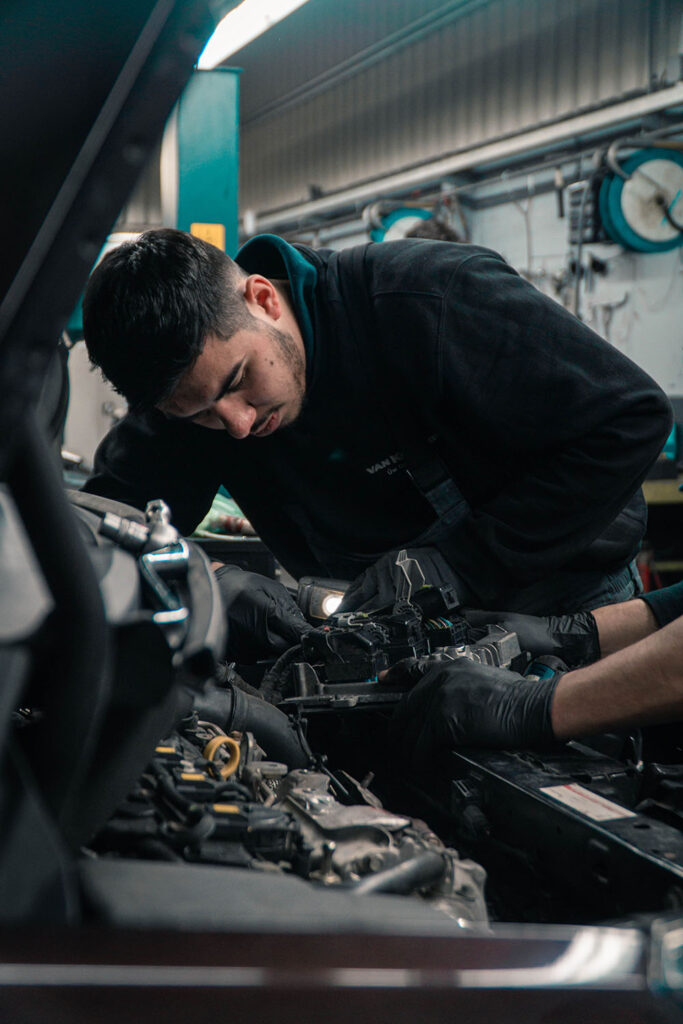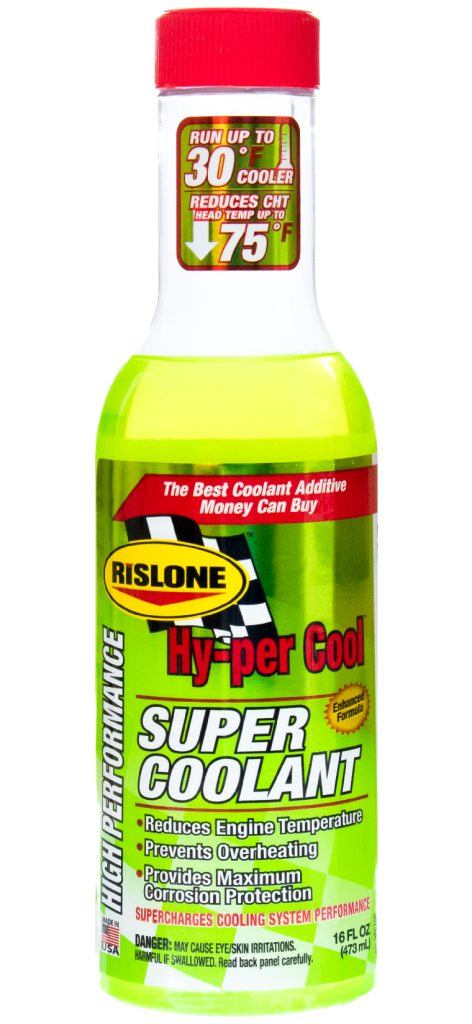

Prevent Overheating: The Importance of Regular Coolant Flushes is a crucial aspect of car maintenance. A neglected cooling system can lead to catastrophic engine damage, expensive repairs, and even complete vehicle failure. This comprehensive guide dives into the critical role regular coolant flushes play in preventing overheating and extending your vehicle’s lifespan. We’ll explore the science behind overheating, highlight the signs of a failing cooling system, and provide a practical guide to coolant flushing schedules and best practices. We’ll also cover DIY coolant flush approaches (with caution!), the potential pitfalls of neglecting this essential maintenance, and answer your frequently asked questions, empowering you to proactively maintain your vehicle’s health.
Understanding the Cooling System
The Vital Role of Coolant
Coolant plays a critical role in maintaining optimal engine temperature. It circulates throughout the engine block and radiator, absorbing heat generated during operation. Without proper coolant circulation, engines can quickly overheat, leading to serious damage to internal components like pistons and cylinder heads. The engine’s vital parts need constant cooling to prevent damage from high temperatures.
Identifying Potential Problems
Signs of a cooling system issue often appear gradually. While a hot engine isn’t always a direct warning, unusual engine noises or fluctuations in temperature readings can indicate a cooling system problem that demands attention. A mechanic can quickly diagnose issues related to the coolant system. A simple visual inspection of your coolant reservoir can often reveal warning signs of a potentially failing system. A visual inspection is a quick way to determine if the coolant levels are insufficient. Regular maintenance is key to preventing problems.
The Link Between Coolant and Overheating
Over time, contaminants like minerals, rust, and corrosion accumulate in the coolant system. This buildup restricts coolant flow and can prevent proper heat dissipation, ultimately leading to overheating. The accumulation can lead to a host of problems for your vehicle, reducing the efficiency of the engine and putting a strain on its operation.
The Necessity of Regular Flushes
Regular coolant flushes are vital in preventing the buildup of contaminants and maintaining the effectiveness of the cooling system. A proper coolant flush removes these harmful deposits, restoring proper coolant flow and ensuring efficient heat dissipation.
Preventive Maintenance Strategy
Implementing regular coolant flushes and proactive maintenance, alongside a proper maintenance schedule, are key strategies to prevent engine overheating and maintain the optimal functioning of your vehicle’s cooling system. This will also significantly contribute to keeping your engine running smoothly and avoiding expensive repairs.
Signs of a Failing Cooling System
Recognizing the Symptoms
Recognizing the symptoms of a failing cooling system is crucial for preventing engine damage and costly repairs. Early detection allows for prompt action and minimizes the potential for significant issues down the road. Look for unusual noises like hissing or bubbling sounds coming from the engine area. Changes in temperature readings on your dashboard or unusually high or low temperatures should also be addressed promptly.
Examining Coolant Levels and Condition
Regularly inspect the coolant levels in the reservoir. Low coolant levels can lead to overheating. Assess the color and clarity of the coolant; a dark, murky, or foamy consistency might indicate that contaminants have accumulated. Discoloration or unusual sediment in the reservoir can be a warning sign of a system that requires attention
Understanding Temperature Gauges
Understanding how your vehicle’s temperature gauge works is crucial. If the gauge consistently reads above the normal operating temperature range, or if it fluctuates erratically, it could indicate a failing cooling system. A technician can help troubleshoot these issues.
Identifying Unusual Noises
Unusual noises, like hissing or bubbling sounds coming from the engine area, can often signal problems with the cooling system. These noises can be indicative of air pockets or leaks in the system, potentially escalating into a significant issue if not addressed promptly. No matter how minor the issue may seem, prompt intervention will always be more effective and prevent further damage.
The Correlation Between Symptoms and Cooling System Issues
These symptoms directly correlate with potential cooling system issues, underscoring the importance of regular maintenance and proactive checks to maintain a healthy engine environment.
Coolant Flush Schedules and Best Practices
Establishing a Maintenance Schedule
Creating a regular maintenance schedule for coolant flushes is crucial in preventing overheating and ensuring the long-term health of your vehicle’s cooling system. Refer to your owner’s manual for specific recommendations regarding coolant flush intervals. Following manufacturer guidelines will ensure your vehicle receives appropriate care based on its specific design.
Choosing the Right Coolant
Selecting the correct coolant for your vehicle is critical to optimal system performance and longevity. Consult your owner’s manual or a qualified mechanic to determine the recommended type of coolant. Using the incorrect type can lead to issues like corrosion and damage. Quality coolant is essential for proper operation and minimizing risk.
Professional vs. DIY Coolant Flushes
While some DIY coolant flush methods are available, they may not always be the most effective solution. A professional coolant flush utilizes specialized equipment to thoroughly remove contaminants and ensure the entire system is cleaned, providing a significant safety margin against future overheating. In contrast to DIY approaches, professionals maintain meticulous protocols.
Steps Involved in a Professional Coolant Flush
Professional coolant flushes typically involve draining the existing coolant, replacing the necessary components of the cooling system, adding new coolant, thoroughly inspecting the system for leaks, and rigorously testing the system’s pressure and efficiency to ensure optimal functionality. This complete inspection process is crucial in identifying and resolving any issues with the cooling system.
The Role of Proper Coolant Flushing
Proper coolant flushing removes contaminants and debris from the cooling system, enabling a clean and efficient system for heat dissipation. Cleanliness will improve cooling system performance, preventing issues like overheating, and contributing to better fuel efficiency, enhancing engine longevity, and making your vehicle more enjoyable to drive.
The Cost-Effectiveness of Prevention
Long-Term Savings
Addressing potential overheating issues proactively through preventative maintenance, including regular coolant flushes, is a cost-effective strategy in the long run. By preventing major engine repairs, you save substantially on costly replacements and repairs. This proactive approach will ultimately save money and time.
Avoiding Major Repairs
Neglecting regular coolant flushes can lead to costly repairs such as engine replacement, head gasket repair, or even complete vehicle replacement. Preventative maintenance can minimize the potential for these major repairs, saving both money and time.
Impact on Resale Value
Maintaining a vehicle’s cooling system with regular coolant flushes directly impacts its resale value. A well-maintained vehicle commands a higher price, highlighting the significant link between proactive care and potential return on investment when selling your vehicle. Taking care of your vehicle now will be worthwhile later on.
Enhanced Fuel Efficiency
Properly functioning cooling systems contribute to improved fuel efficiency. A properly maintained system will operate more smoothly, leading to better fuel economy and ultimately saving you money at the gas pump. This will improve fuel efficiency without much effort.
Proactive Maintenance Practices
By prioritizing regular coolant flushes and other preventative maintenance measures, you are practicing proactive maintenance that extends the lifespan of your vehicle and saves you money in the long term. Proactive maintenance is a key part of ensuring a long and satisfying driving experience.
Beyond the Basics: Advanced Cooling System Maintenance
Understanding Different Cooling System Components
Understanding the different components of a vehicle’s cooling system, including the radiator, water pump, and thermostat, is crucial for effective maintenance. Addressing issues with these vital components will help prevent problems with your coolant and ensure peak vehicle performance.
Specialized Tools and Techniques
Specialized tools and techniques are crucial for optimal cooling system performance and longevity. Utilizing the right tools and adhering to correct procedures is essential to ensure a successful and thorough maintenance process.
Diagnosing Potential Leaks
Recognizing and addressing potential leaks in the cooling system is essential for preventing overheating. Regular inspections and preventative maintenance of the system can help pinpoint leaks before they cause any significant damage.
The Role of Technology in Modern Cooling Systems
Modern vehicles often incorporate advanced cooling systems that require specialized knowledge and expertise for maintenance. Understanding how these technologies work is important to maximize their effectiveness. This knowledge is essential to understand the functions of your vehicle.
Maintaining Optimum Engine Temperature
Maintaining an optimal engine temperature is crucial for longevity and efficiency. Proactive maintenance and adherence to manufacturer guidelines are key aspects of ensuring ideal temperature ranges for your engine.
Conclusion (restated):
FAQ
What are the signs that my coolant system needs a flush?
Coolant system issues can manifest in a variety of ways, including unusual noises from the engine, fluctuations in temperature, loss of coolant, and bubbling in the overflow reservoir. These are important signs to look for and should prompt you to seek professional maintenance if the problem persists or is serious. By recognizing these signals early on, you can avert potential overheating problems and costly repairs.
How often should I have my coolant flushed?
The frequency of coolant flushes depends on factors like driving conditions, climate, and vehicle maintenance history. Consult your vehicle’s owner’s manual for specific recommendations, but generally, professional flushes should be conducted every 30,000 to 50,000 miles to ensure optimal cooling performance. This proactive maintenance is crucial in preventing buildup and maintaining a clear coolant system.
Are there any DIY coolant flush methods?
While some DIY coolant flush procedures exist, they often do not replace the thoroughness and professionalism of a qualified mechanic. Attempting a DIY coolant flush without proper knowledge or tools can potentially damage your vehicle. Professional coolant flushes use specialized equipment and processes to fully remove impurities and ensure complete system cleanliness, thus safeguarding against future overheating issues.
In conclusion, regular coolant flushes are crucial for maintaining optimal engine performance and longevity. By understanding the importance of preventative maintenance and following the recommended flushing schedule, you can significantly reduce the risk of costly repairs down the line. The benefits of a properly maintained cooling system extend to improved fuel efficiency, enhanced engine life, and ultimately, reduced long-term operational costs. Schedule your coolant flush today to ensure your vehicle’s peak performance and enjoy worry-free driving.